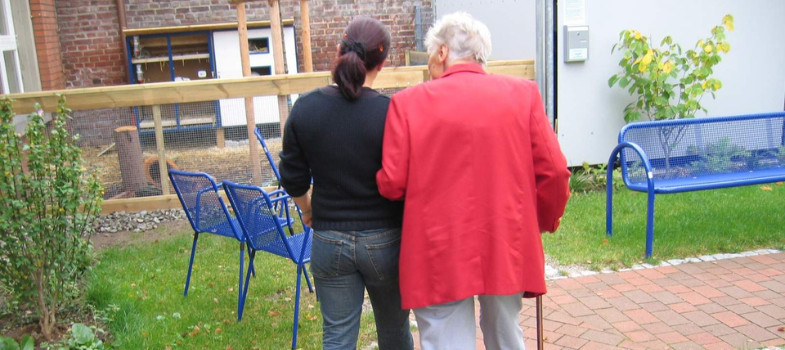Table 5 of 6
| Phase | Percentage of people with Parkinson’s in this phase | Average length in years | Character | Service considerations could include: |
|---|---|---|---|---|
| Palliative | 15.1% | 2.2 | Dignity and alleviation of distress |
|
End of life (palliative phase of the condition)
The major challenge in this phase is to achieve the best quality of life and maintain a person’s dignity. Appropriate pain control and support services should be in place.
A person in this phase of their condition may need regular reviews of their medication. Many people may need to stop taking some medications because of an increased sensitivity to side effects or because they are not working as well as they used to. Some people may also be unable to take medication orally.
A local Parkinson’s nurse or the person’s specialist can provide advice about how this period should be appropriately managed.
Although the condition progresses differently and at a different speed for each person, the palliative phase can potentially cover a long period of time. Some of the more advanced symptoms can lead to increased disability and poor health. This can make someone more vulnerable to infection. People with Parkinson’s most often die because of an infection or another condition.
The care plan of someone with Parkinson’s should include details of their wishes for end of life. This will include who they want to be with them, any spiritual or religious needs, and where they want to be when they are dying. This may or may not be where they currently live.
Table 4 of 6
